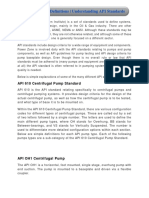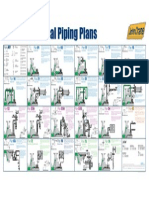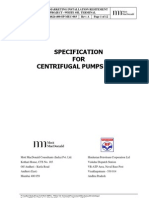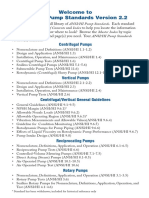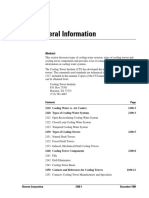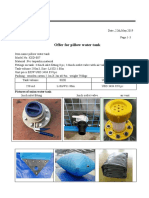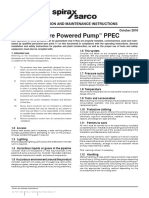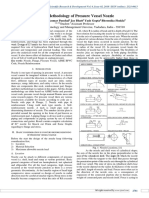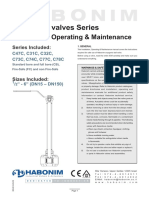0% found this document useful (0 votes)
825 views9 pagesPUMP ANSI Vs API
The document compares ANSI and API pumps, noting several key differences in their characteristics and design standards. ANSI pumps have thinner casings, smaller stuffing boxes, and open or semi-open impellers without wear rings. They are generally foot-mounted. API pumps have thicker casings, larger stuffing boxes to accommodate larger seals, closed impellers with replaceable wear rings, and are centerline mounted. The decision to use ANSI vs API depends on factors like temperature, pressure, flow rates and whether toxic/flammable liquids are involved. API pumps are generally preferred for more demanding services.
Uploaded by
RogerCopyright
© © All Rights Reserved
We take content rights seriously. If you suspect this is your content, claim it here.
Available Formats
Download as DOCX, PDF, TXT or read online on Scribd
0% found this document useful (0 votes)
825 views9 pagesPUMP ANSI Vs API
The document compares ANSI and API pumps, noting several key differences in their characteristics and design standards. ANSI pumps have thinner casings, smaller stuffing boxes, and open or semi-open impellers without wear rings. They are generally foot-mounted. API pumps have thicker casings, larger stuffing boxes to accommodate larger seals, closed impellers with replaceable wear rings, and are centerline mounted. The decision to use ANSI vs API depends on factors like temperature, pressure, flow rates and whether toxic/flammable liquids are involved. API pumps are generally preferred for more demanding services.
Uploaded by
RogerCopyright
© © All Rights Reserved
We take content rights seriously. If you suspect this is your content, claim it here.
Available Formats
Download as DOCX, PDF, TXT or read online on Scribd
/ 9







